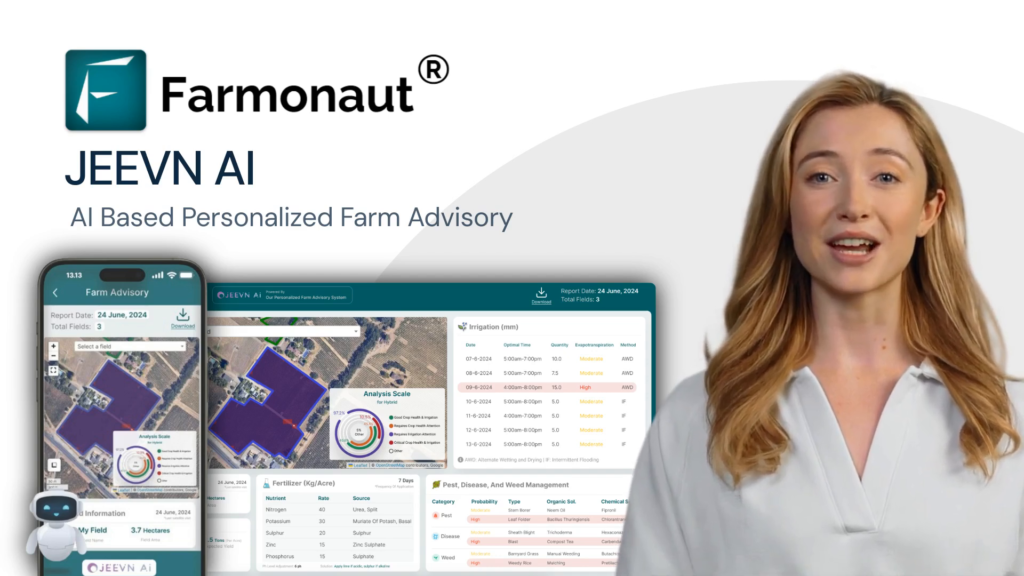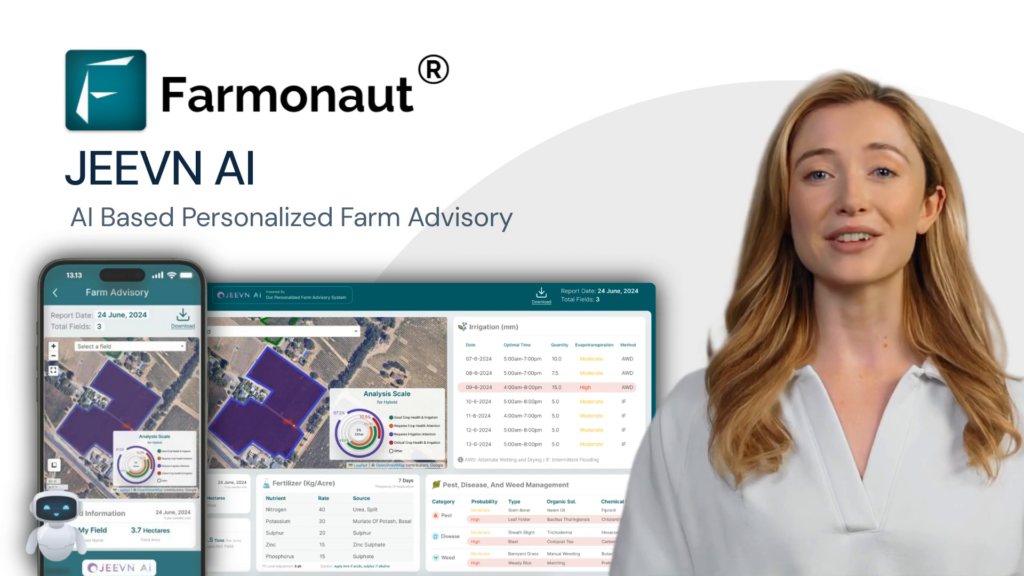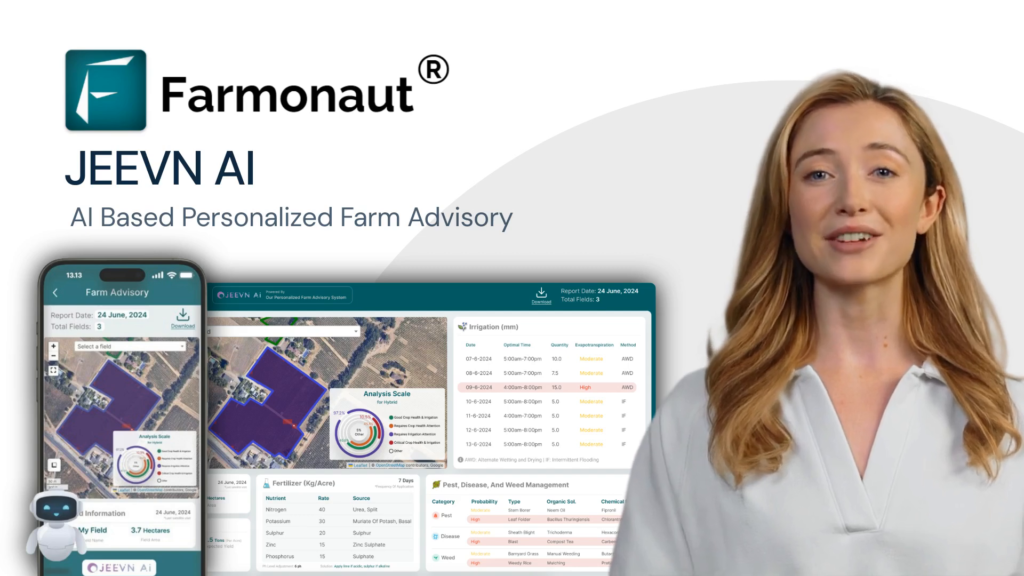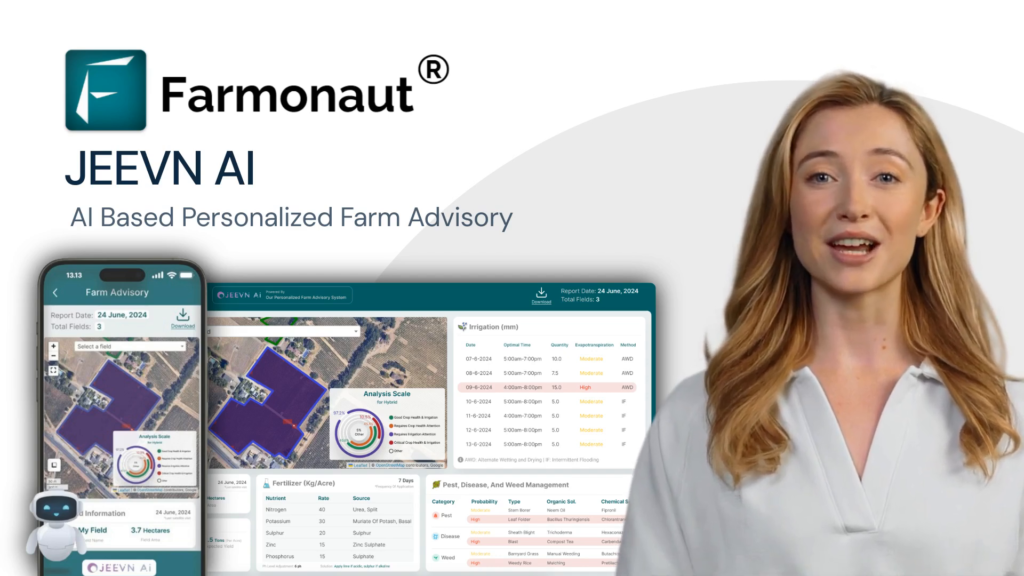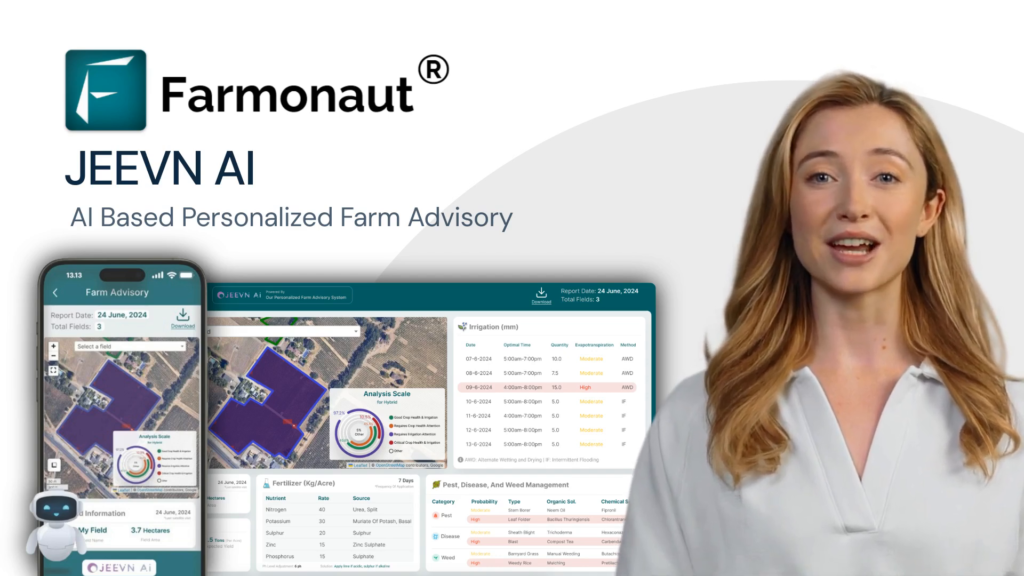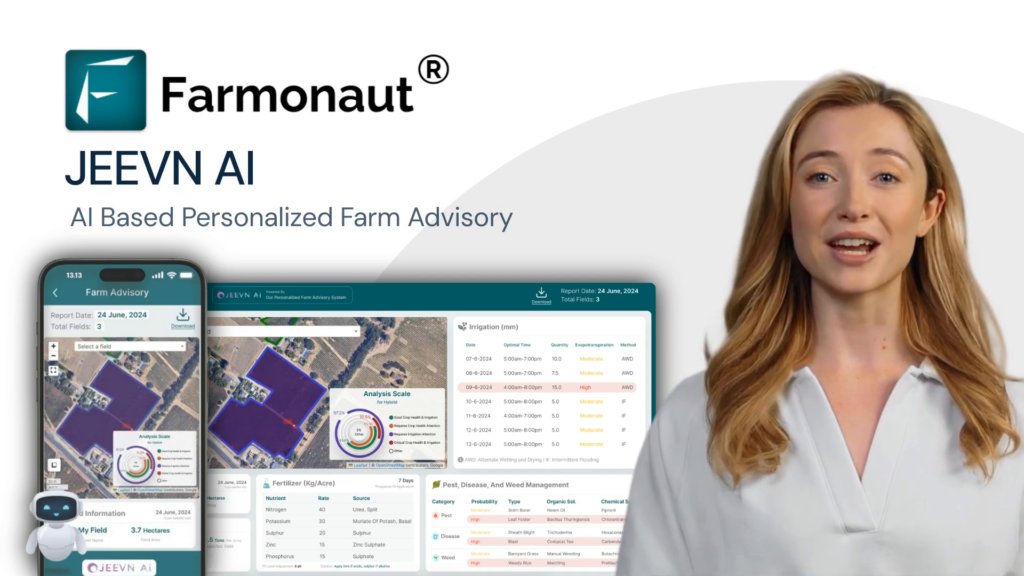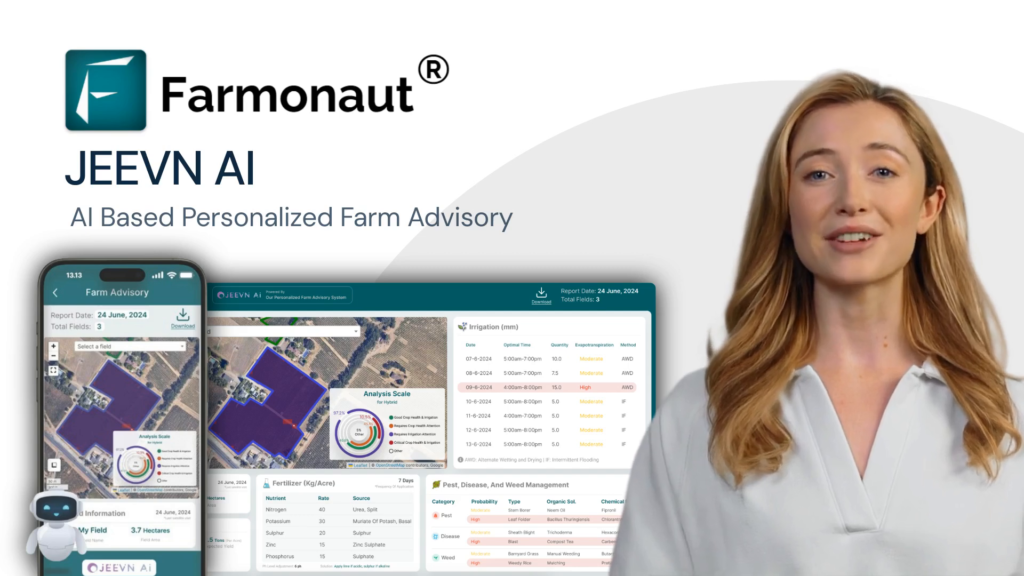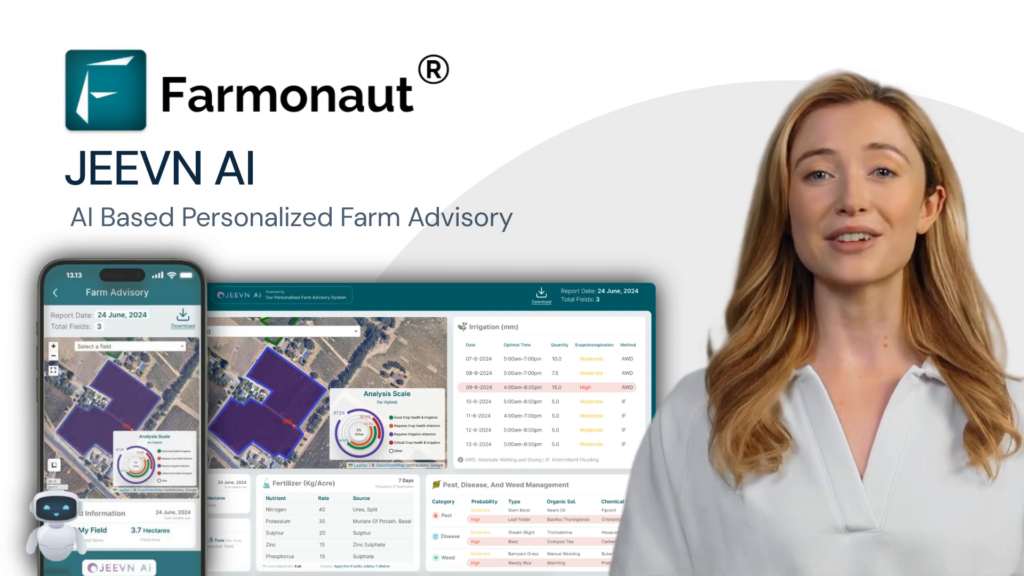Florida’s Citrus Industry Crisis: How Orange Groves Are Battling Disease, Hurricanes, and Urban Sprawl

“Florida’s citrus production has declined by over 70% in the past two decades due to disease and environmental challenges.”
As we delve into the heart of Florida’s citrus industry crisis, we find ourselves at a critical juncture where the iconic orange groves that have long defined the Sunshine State are facing unprecedented challenges. The interplay of disease, natural disasters, and urban expansion has created a perfect storm that threatens the very foundation of this vital agricultural sector. In this comprehensive exploration, we’ll uncover the multifaceted issues plaguing Florida’s citrus industry and examine the potential strategies for its survival in an ever-changing landscape.
The Decline of a Citrus Empire
Florida’s citrus industry, once a thriving empire that produced the majority of America’s orange juice, is now grappling with a stark reality. The state’s orange groves, which covered more than 832,000 acres at the turn of the millennium, have dwindled to a mere 275,000 acres in recent years. This dramatic decline has not only impacted the state’s economy but has also altered its cultural identity, where citrus has long been synonymous with Florida itself.
The factors contributing to this decline are numerous and complex:
- Citrus Greening Disease: A bacterial infection that has devastated groves across the state
- Hurricane Damage: Frequent storms that uproot trees and destroy crops
- Urban Sprawl: The encroachment of residential developments on agricultural land
- Changing Consumer Habits: A decrease in orange juice consumption nationwide
These challenges have culminated in a 90% decline in orange production over the past two decades, a statistic that underscores the severity of the crisis facing Florida’s citrus growers.
The Battle Against Citrus Greening
At the forefront of the industry’s woes is citrus greening disease, also known as Huanglongbing (HLB). This insidious bacterial infection, spread by the Asian citrus psyllid, has been the primary culprit behind the massive decline in citrus production. The disease affects the tree’s vascular system, leading to smaller, bitter fruit and eventually killing the tree entirely.
Researchers and growers are in a race against time to develop solutions to combat this devastating disease. Some of the strategies being explored include:
- Genetic modification to create disease-resistant trees
- Protective screening to keep psyllids away from young trees
- Antibiotic treatments to slow the progression of the disease
- Identifying naturally resistant tree varieties through mutation
The University of Florida’s Institute of Food and Agricultural Sciences (UF/IFAS) is at the forefront of this research, working tirelessly to develop a genetically modified tree that can kill the psyllids responsible for spreading citrus greening. While promising, this solution is still years away from implementation, leaving growers to rely on other methods in the interim.
Nature’s Fury: The Impact of Hurricanes
Florida’s vulnerability to hurricanes adds another layer of complexity to the challenges faced by citrus growers. In recent years, the state has been battered by multiple storms, each leaving a trail of destruction in its wake. The impact of these natural disasters on citrus groves is severe and long-lasting:
- Uprooted trees and damaged infrastructure
- Loss of fruit and foliage
- Prolonged recovery periods for affected groves
- Increased susceptibility to disease in weakened trees
The recovery process for hurricane-damaged groves can take up to three years, during which time growers face significant financial strain. This extended recovery period, coupled with the ongoing threat of citrus greening, has forced many growers to reconsider the viability of their operations.
Urban Sprawl: The Encroachment of Development
As Florida’s population continues to grow at a rapid pace, the pressure on agricultural land has intensified. Polk County, which boasts the largest acreage of citrus in the state, is also experiencing the highest influx of new residents in the country. This population boom has led to a surge in housing developments, often at the expense of orange groves.
The consequences of this urban sprawl are far-reaching:
- Reduction in available agricultural land
- Increased property values making farming less economically viable
- Conflicts between residential and agricultural land uses
- Loss of generational farming heritage
Many growers, faced with mounting challenges and lucrative offers from developers, are making the difficult decision to sell their groves. This trend not only impacts individual farmers but also threatens the long-term sustainability of the citrus industry in Florida.
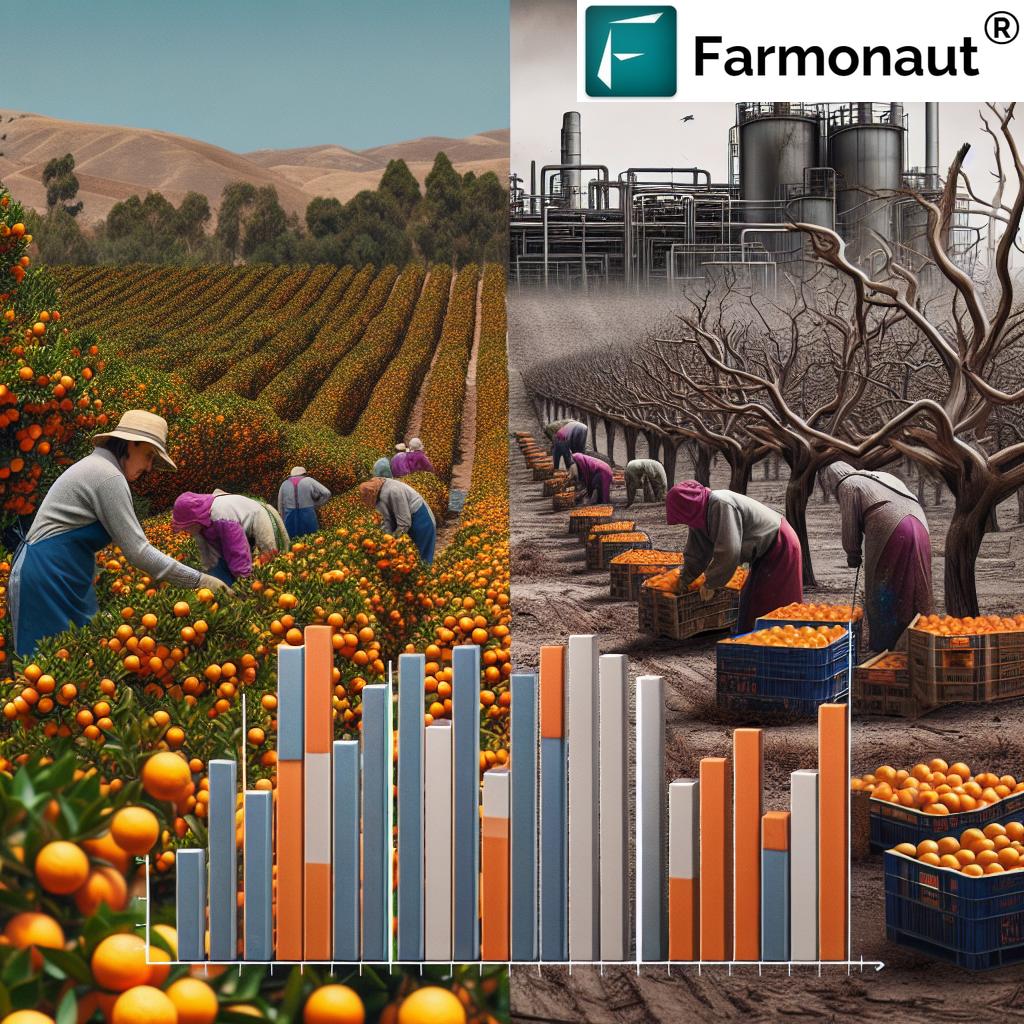
The Economic Ripple Effect
“The Florida citrus industry contributes approximately $6.5 billion annually to the state’s economy and supports about 33,000 jobs.”
The decline of Florida’s citrus industry has far-reaching economic implications. Beyond the direct impact on growers, a whole ecosystem of businesses dependent on citrus production is at risk. This includes:
- Juice processors
- Grove caretakers
- Fertilizer sellers
- Packing houses
- Nurseries
- Candy manufacturers
The potential loss of 33,000 full-time and part-time jobs and an economic impact of $6.8 billion in Florida alone underscores the urgency of finding solutions to preserve this vital industry.
Innovative Solutions and Adaptation Strategies
In the face of these formidable challenges, the Florida citrus industry is not standing idle. Growers, researchers, and industry leaders are exploring innovative solutions to adapt and survive in this changing landscape. Some of these strategies include:
- Advanced Crop Monitoring: Utilizing satellite technology and AI for early disease detection and precision agriculture
- Diversification: Some growers are experimenting with alternative crops or varieties more resistant to disease and climate challenges
- Sustainable Practices: Implementing water-efficient irrigation systems and environmentally friendly pest management techniques
- Value-Added Products: Developing new citrus-based products to expand market opportunities
One company at the forefront of technological innovation in agriculture is Farmonaut. Their satellite-based farm management solutions offer growers powerful tools for crop health monitoring, resource management, and data-driven decision-making. While not specific to citrus, these technologies can be invaluable for growers looking to optimize their operations in challenging conditions.
The Role of Research and Development
The future of Florida’s citrus industry heavily depends on ongoing research and development efforts. Scientists are working tirelessly to develop disease-resistant trees and innovative solutions to combat citrus greening. Some of the most promising areas of research include:
- CRISPR gene editing technology to create resistant varieties
- Biological control methods for psyllid population management
- Nanotechnology for targeted delivery of treatments
- Machine learning algorithms for early disease detection
These cutting-edge technologies offer hope for the industry’s recovery and long-term sustainability. However, the challenge lies in translating research findings into practical, scalable solutions that can be implemented across Florida’s diverse citrus growing regions.
Consumer Trends and Market Adaptation
The decline in orange juice consumption in the United States has been a significant factor in the industry’s struggles. Changing consumer preferences, concerns about sugar content, and competition from other beverages have all contributed to this trend. To address these challenges, the industry is exploring several strategies:
- Developing low-sugar and no-sugar-added juice options
- Marketing the health benefits of citrus fruits and juices
- Expanding into international markets with growing demand for citrus products
- Creating new citrus-based products to appeal to changing consumer tastes
By diversifying product offerings and adapting to consumer preferences, the Florida citrus industry aims to create new market opportunities and revitalize demand for its products.
Government Support and Industry Collaboration
Recognizing the importance of the citrus industry to Florida’s economy and cultural identity, state and federal governments have implemented various support measures. These include:
- Research funding for disease resistance and crop improvement
- Disaster relief programs for hurricane-affected growers
- Tax incentives for citrus replanting and grove maintenance
- Marketing campaigns to promote Florida citrus products
Additionally, industry associations like Florida Citrus Mutual play a crucial role in advocating for growers’ interests and facilitating collaboration between stakeholders. These collective efforts are essential for navigating the complex challenges facing the industry and developing comprehensive solutions.
The Environmental Impact and Sustainability Concerns
As the Florida citrus industry grapples with its challenges, there’s an increasing focus on environmental sustainability. The use of pesticides to combat citrus greening, water management issues, and the carbon footprint of citrus production are all areas of concern. Growers and researchers are exploring sustainable practices that can help address these issues:
- Integrated pest management techniques to reduce chemical use
- Water-efficient irrigation systems and rainwater harvesting
- Cover cropping and soil health improvement strategies
- Renewable energy adoption in processing and transportation
These efforts not only contribute to environmental conservation but also help growers reduce costs and improve the long-term viability of their operations.
Farmonaut’s API offers valuable tools for monitoring and managing environmental factors in agriculture, helping growers make data-driven decisions to optimize resource use and minimize environmental impact.
The Human Element: Stories of Resilience and Adaptation
Behind the statistics and industry trends are the stories of individual growers and families who have been part of Florida’s citrus heritage for generations. Many are facing difficult decisions about the future of their groves:
- Some are choosing to diversify into other crops or agricultural ventures
- Others are exploring agritourism opportunities to supplement their income
- A few are embracing cutting-edge technologies to revitalize their operations
- Unfortunately, many are making the tough choice to sell their land to developers
These personal narratives highlight the resilience of Florida’s citrus growers and their deep connection to the land and industry they’ve nurtured for decades.
Looking to the Future: Challenges and Opportunities
As we look ahead, the future of Florida’s citrus industry remains uncertain but not without hope. The challenges are formidable, but so too is the determination of those working to overcome them. Key factors that will shape the industry’s future include:
- The success of ongoing research into disease-resistant varieties
- Adaptation to changing climate conditions and extreme weather events
- The ability to balance agricultural needs with urban development pressures
- Innovation in product development and marketing to revitalize consumer demand
The industry’s ability to navigate these challenges will determine whether Florida’s iconic orange groves can continue to thrive in the 21st century and beyond.
Technological Innovations in Citrus Farming
In the face of these challenges, technology is emerging as a crucial ally for Florida’s citrus industry. Advanced farming techniques and digital tools are helping growers optimize their operations and combat the myriad issues they face:
- Precision Agriculture: Using GPS and satellite imagery to manage crops with pinpoint accuracy
- IoT Sensors: Monitoring soil moisture, nutrient levels, and tree health in real-time
- Drone Technology: For efficient surveying of large groves and early detection of disease
- AI and Machine Learning: Analyzing complex data sets to predict crop yields and identify potential issues
Companies like Farmonaut are at the forefront of this technological revolution in agriculture. Their satellite-based crop monitoring systems and AI-driven advisory tools provide valuable insights that can help citrus growers make informed decisions about their operations.
Farmonaut’s API Developer Docs offer a wealth of information on how these advanced technologies can be integrated into existing agricultural systems.
The Global Context: Florida Citrus in the World Market
While Florida’s citrus industry faces significant challenges, it’s essential to consider its position in the global market. Despite the decline in production, Florida citrus still plays a crucial role in the world’s orange juice supply. However, competition from other citrus-producing regions is intensifying:
- Brazil has overtaken Florida as the world’s largest orange juice producer
- California has surpassed Florida in total citrus production
- Emerging producers in Asia and Africa are expanding their market share
To remain competitive, Florida’s citrus industry must focus on quality, efficiency, and innovation. Leveraging the state’s reputation for premium citrus products and embracing sustainable practices could help maintain its position in the global market.
The Role of Education and Workforce Development
As the citrus industry evolves, so too must the skills and knowledge of its workforce. Educational initiatives and training programs are crucial for ensuring the industry’s long-term sustainability:
- University programs focused on citrus science and agribusiness
- Vocational training for advanced farming technologies
- Workshops and seminars on disease management and sustainable practices
- Youth engagement programs to inspire the next generation of citrus growers
By investing in education and workforce development, the industry can build a skilled labor force capable of navigating the complex challenges of modern citrus production.
Conclusion: A Resilient Future for Florida Citrus
The Florida citrus industry stands at a crossroads, facing unprecedented challenges that threaten its very existence. Yet, amidst these difficulties, there are glimmers of hope and resilience. The combination of innovative research, technological advancements, and the unwavering spirit of Florida’s citrus growers offers a path forward.
As we look to the future, it’s clear that the industry must continue to adapt and evolve. By embracing sustainable practices, leveraging cutting-edge technologies, and fostering collaboration between growers, researchers, and policymakers, Florida’s iconic orange groves may yet find a way to thrive in the face of adversity.
The journey ahead will not be easy, but with determination, innovation, and support, the sweet taste of Florida oranges could continue to be a cherished part of American life for generations to come.
FAQ Section
- What is citrus greening disease?
Citrus greening disease, also known as Huanglongbing (HLB), is a bacterial infection spread by the Asian citrus psyllid. It affects the tree’s vascular system, leading to smaller, bitter fruit and eventually killing the tree. - How has Florida’s citrus production changed over the past two decades?
Florida’s citrus production has declined by over 70% in the past two decades due to various challenges, including disease, hurricanes, and urban development. - What are some strategies being used to combat citrus greening?
Strategies include genetic modification of trees, protective screening, antibiotic treatments, and identifying naturally resistant tree varieties. - How do hurricanes impact Florida’s citrus industry?
Hurricanes can uproot trees, damage infrastructure, cause loss of fruit and foliage, and increase trees’ susceptibility to disease. Recovery can take up to three years. - What role does urban sprawl play in the citrus industry’s decline?
Urban sprawl reduces available agricultural land, increases property values making farming less economically viable, and creates conflicts between residential and agricultural land uses. - How is technology being used to help the citrus industry?
Technologies like satellite-based crop monitoring, AI-driven advisory systems, drone surveying, and precision agriculture techniques are being employed to optimize grove management and combat challenges. - What is the economic impact of the citrus industry on Florida?
The Florida citrus industry contributes approximately $6.5 billion annually to the state’s economy and supports about 33,000 jobs. - How are consumer trends affecting the citrus industry?
Declining orange juice consumption due to changing preferences and health concerns has impacted demand. The industry is responding with new product development and marketing strategies. - What government support is available for citrus growers?
Government support includes research funding, disaster relief programs, tax incentives for replanting, and marketing campaigns to promote Florida citrus products. - What does the future look like for Florida’s citrus industry?
The future remains uncertain but hopeful, depending on the success of ongoing research, adaptation to climate changes, balancing agricultural needs with urban development, and innovation in product development and marketing.
Florida Citrus Industry Challenges and Impact
| Challenge | Impact | Estimated Decline (%) |
|---|---|---|
| Citrus Greening Disease | Reduced fruit quality and quantity, tree death | 50-60% |
| Hurricane Damage | Tree loss, infrastructure damage, prolonged recovery | 10-20% |
| Urban Sprawl | Loss of agricultural land, increased property values | 15-25% |
| Reduced Orange Juice Consumption | Decreased demand, market pressure | 20-30% |
Earn With Farmonaut: Affiliate Program
Earn 20% recurring commission with Farmonaut’s affiliate program by sharing your promo code and helping farmers save 10%. Onboard 10 Elite farmers monthly to earn a minimum of $148,000 annually—start now and grow your income!





